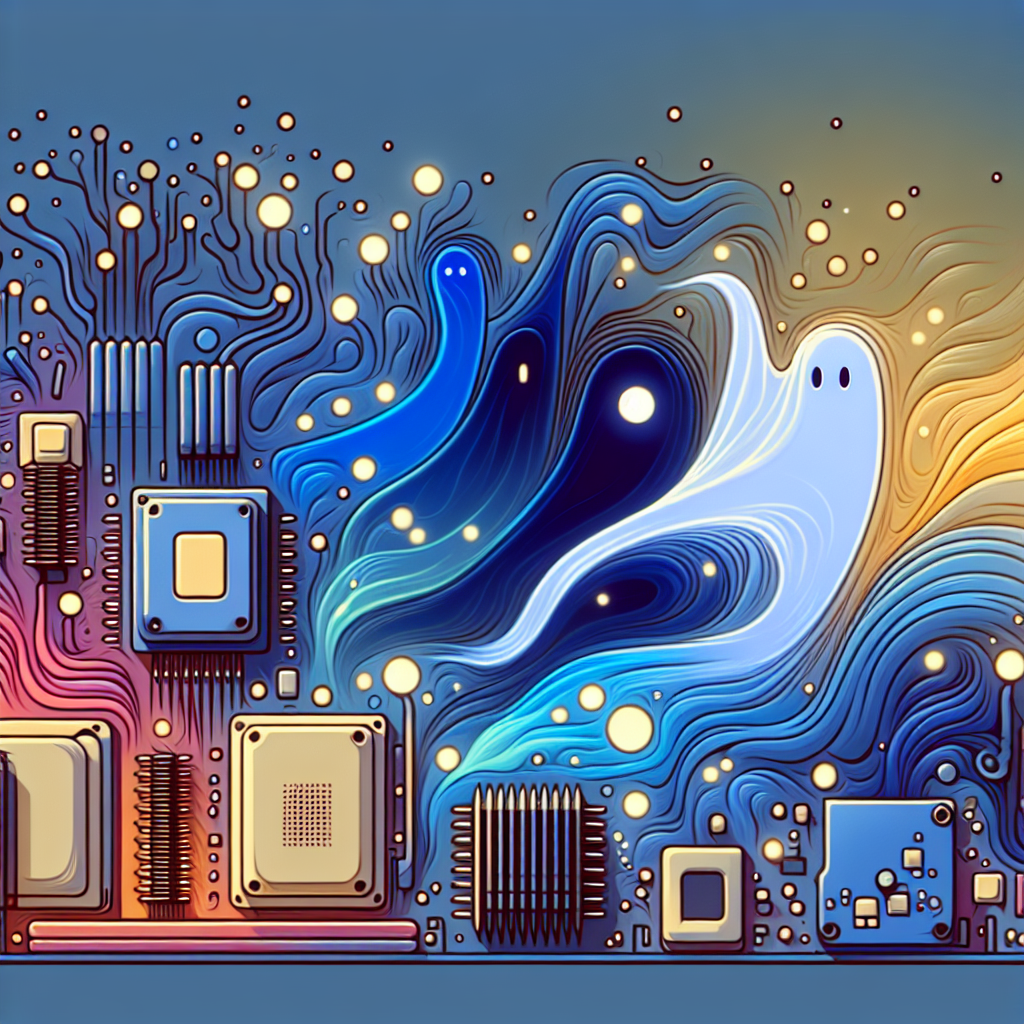
The Hidden Forces of Dark Matter in Electronics:
Scientists have been on a relentless quest to understand the unseen elements of our universe. Dark matter, the mysterious substance that makes up about 27% of the universe, could hold the key to a technological revolution if harnessed effectively. Recent breakthroughs and studies reveal how dark matter might be influencing modern electronics, potentially paving the way for unprecedented advancements.
Understanding Dark Matter’s Role in Electronics
Recent experiments, including those conducted at the Okinawa Institute of Science and Technology (OIST), have shed light on the interaction between dark matter particles and electronics. Researchers at OIST have tracked elusive “dark excitons” inside atomically thin materials, suggesting that these quantum particles could revolutionize information technology. Unlike current technologies, dark excitons are more stable and resist environmental interference, promising greater resilience in the development of future quantum devices (Science Daily).
Implications for Quantum Computing
The potential of dark matter influences could extend to quantum computing, where stability and precision are paramount. The sensitivity of quantum computers to external factors has been a significant hurdle; however, dark excitons could provide the necessary stability, offering a new level of consistency. This also resonates with findings from various dark matter-electronics interaction studies (Fermilab), where ultra-sensitive tools are being developed to detect minute changes that could imply the presence of dark matter.
Breaking New Ground with Innovative Detectors
Alongside quantum enhancements, the development of new types of detectors can be attributed to dark matter research. The Atacama Cosmology Telescope has unveiled a new map of dark matter, which could provide a blueprint for building electronics with enhanced capabilities in detecting changes at a microscopic level (NIST).
A Future Underpinned by Collaborative Research
Global initiatives, such as those carried out by ESA’s Euclid Mission, aim to explore the “dark universe.” These efforts extend the potential application of dark matter in electronics beyond theoretical physics, venturing into practical, everyday technology that could redefine efficiency and capability (JPL).
- Advanced Detectors: They offer refined methods for capturing and analyzing electronic interactions with dark matter.
- Quantum Stability: Dark excitons could provide critical advancements needed to overcome existing quantum computing barriers.
The Dawn of a New Era in Electronics
As researchers continue to unlock the secrets of dark matter, the potential ripple effects on electronics are immense. By harnessing these hidden forces, we might soon usher in an era where our devices are not only faster and more efficient but also capable of things once considered science fiction. The path forward is illuminated by collaborations and innovative technologies emerging from the conjunction of dark matter studies and electronic applications.
In conclusion, while dark matter remains largely mysterious, its potential to transform electronics is becoming increasingly clear. As researchers continue their explorations and technological advancements follow, the future of electronics, intertwined with the universe’s most elusive elements, appears brighter than ever.



